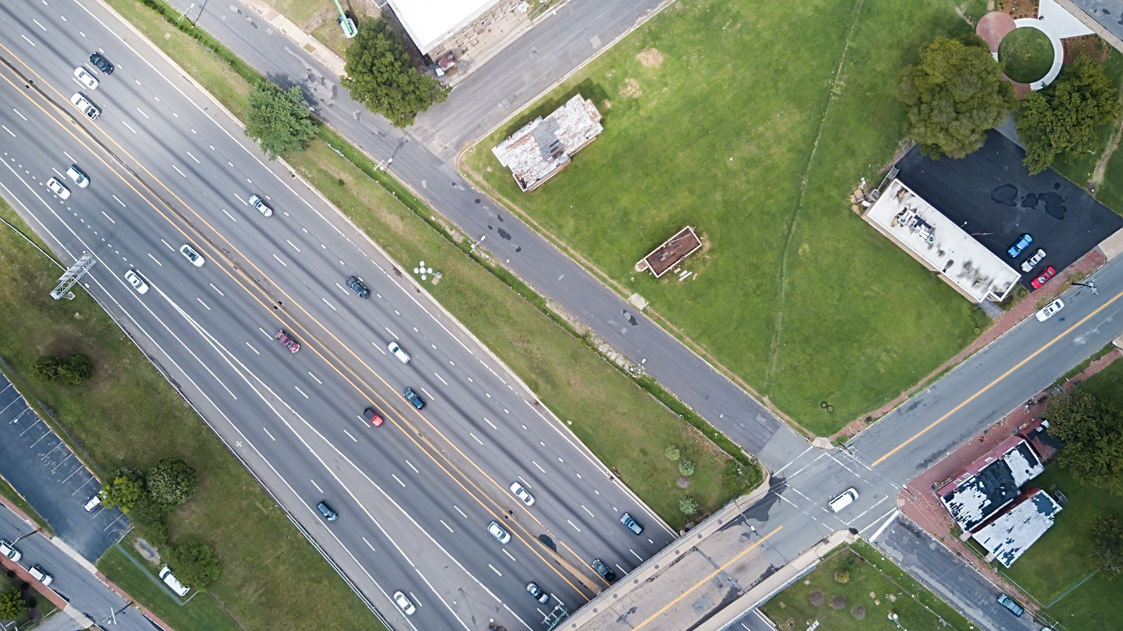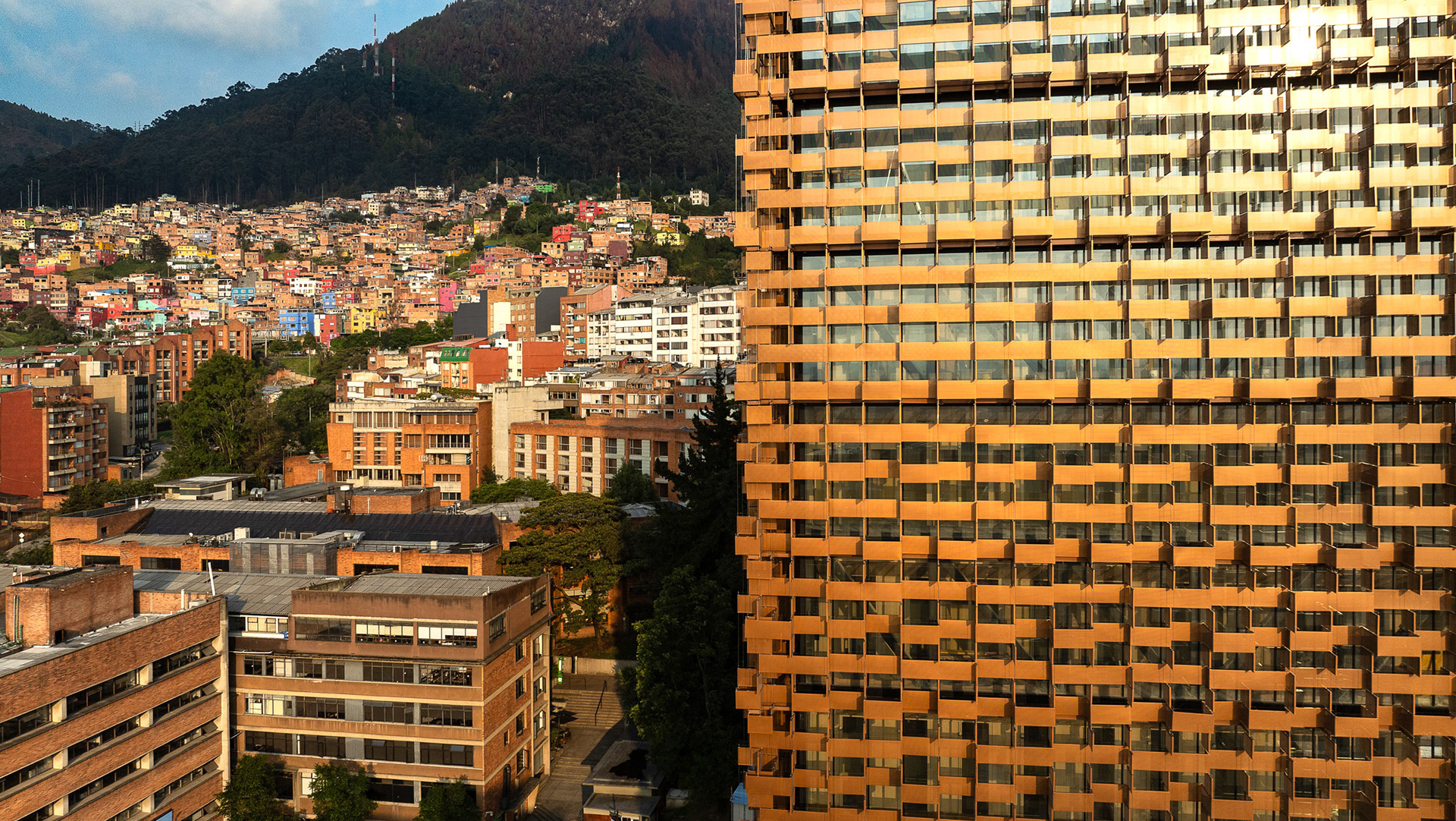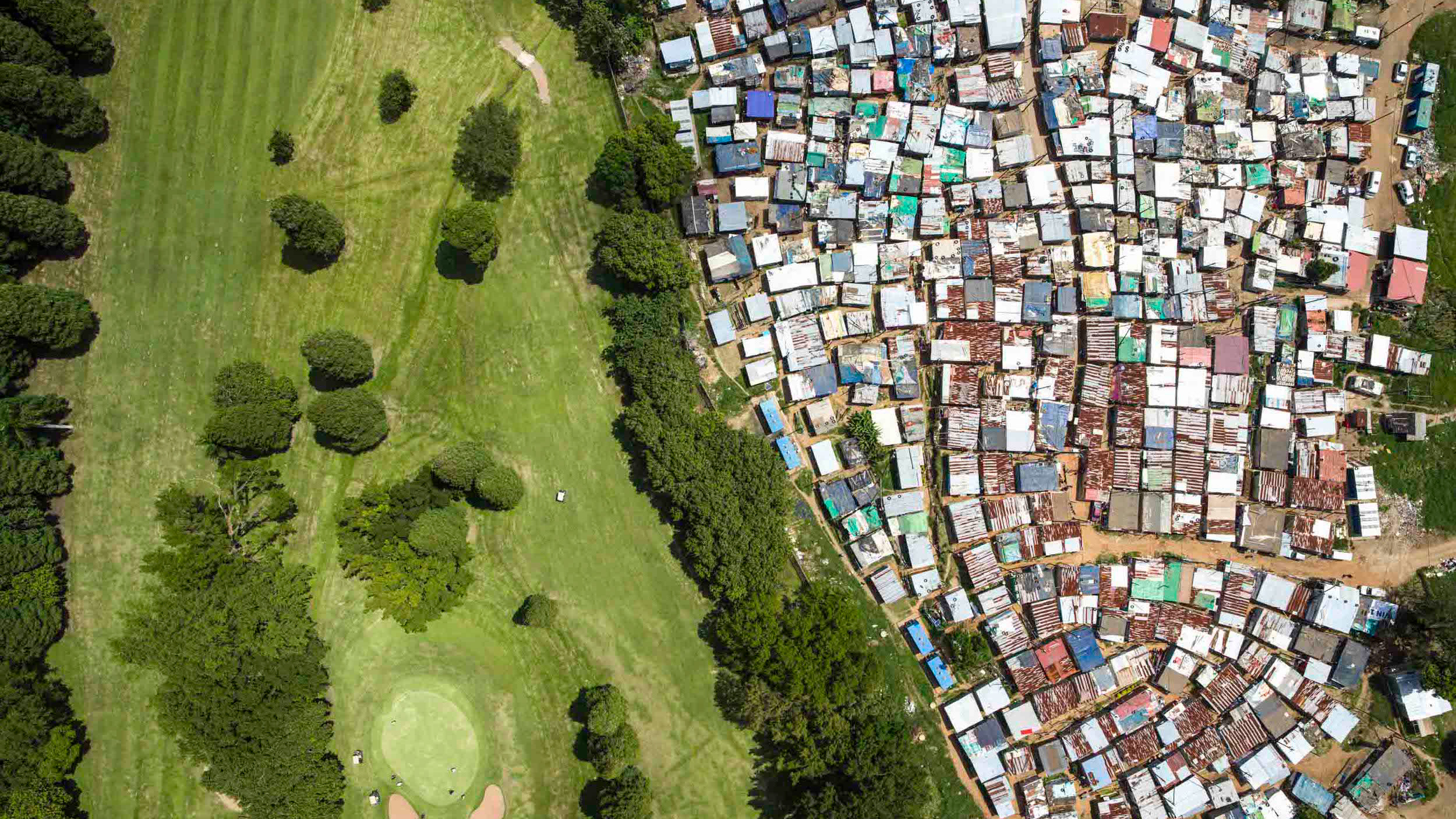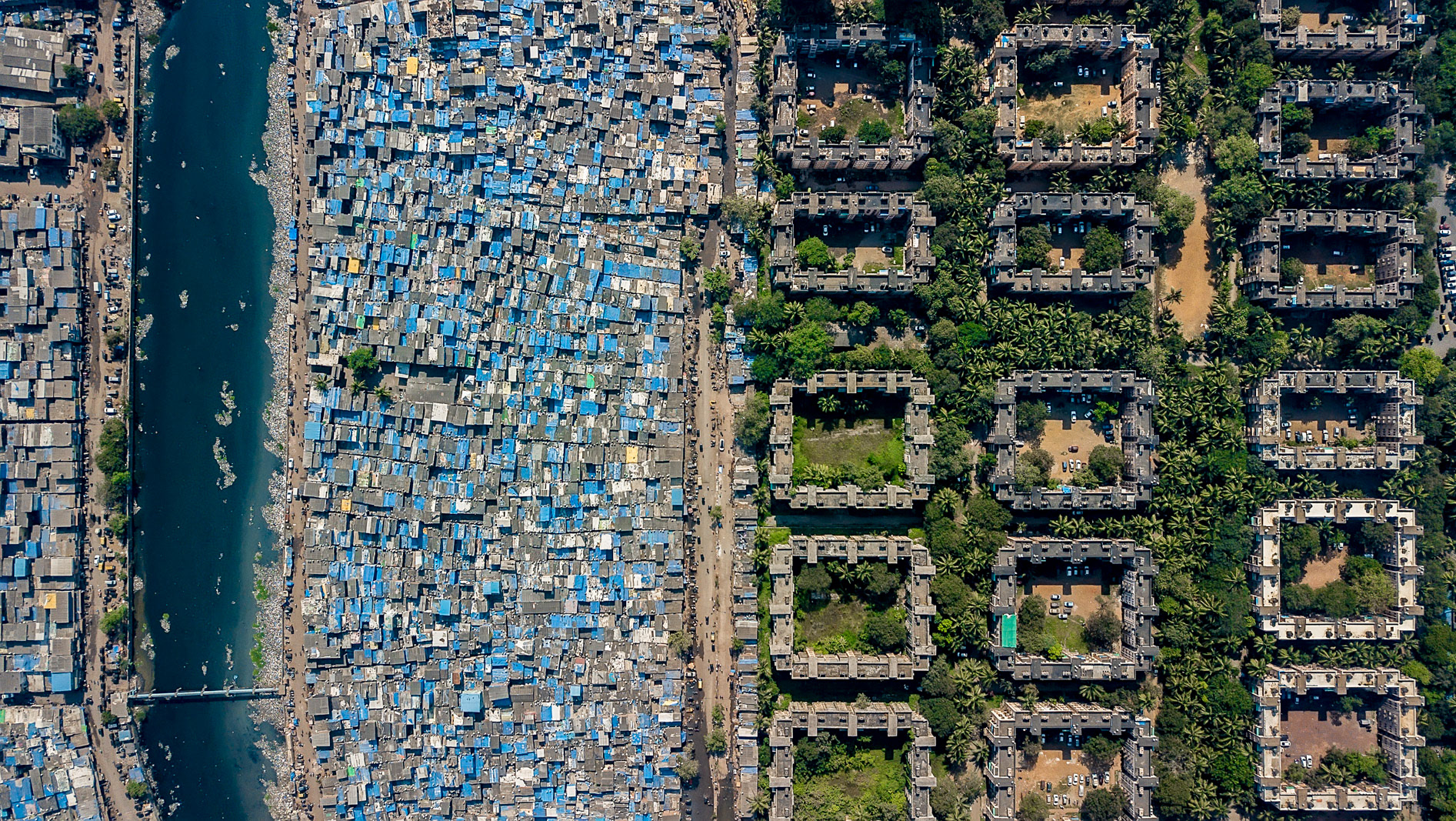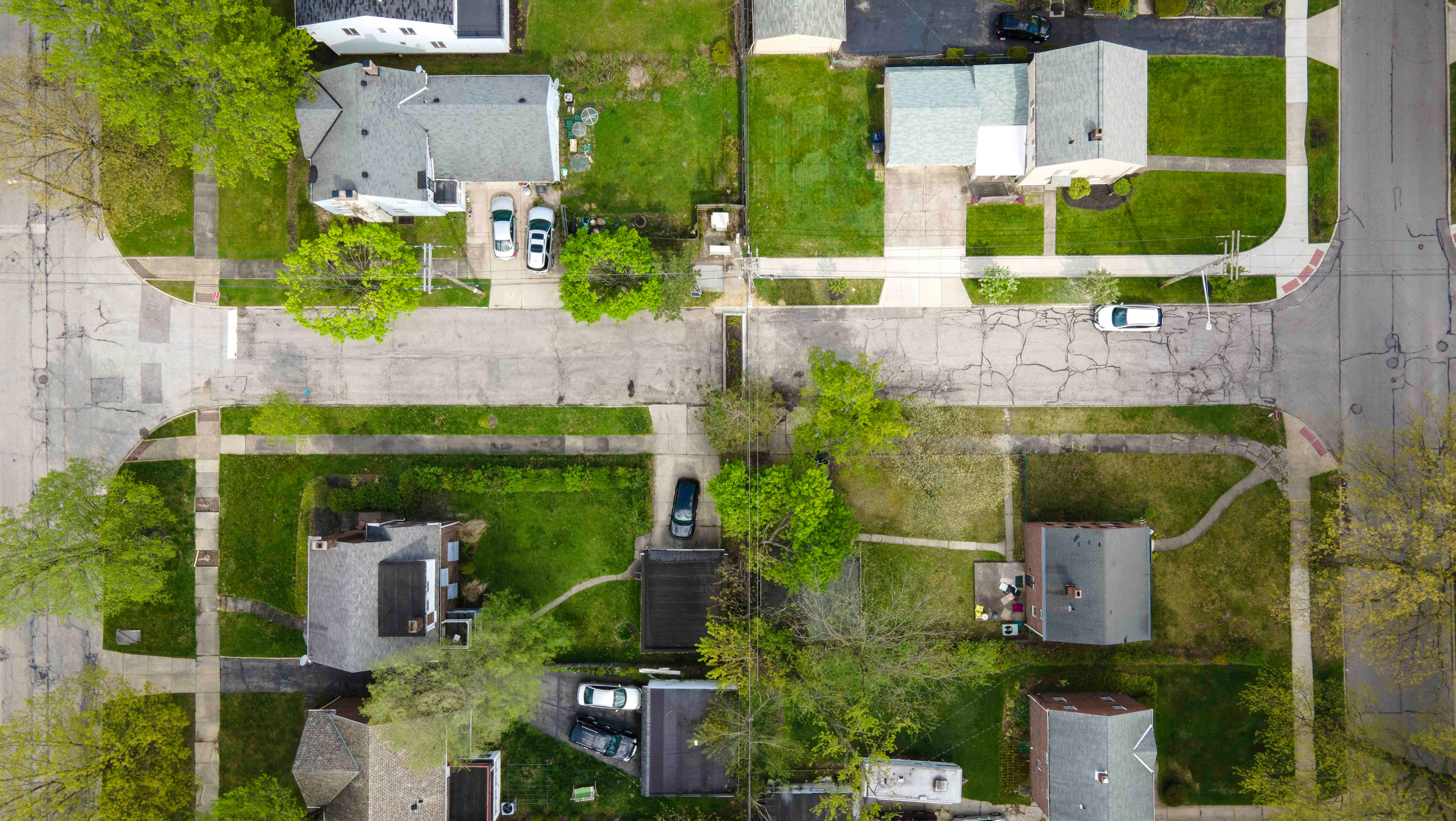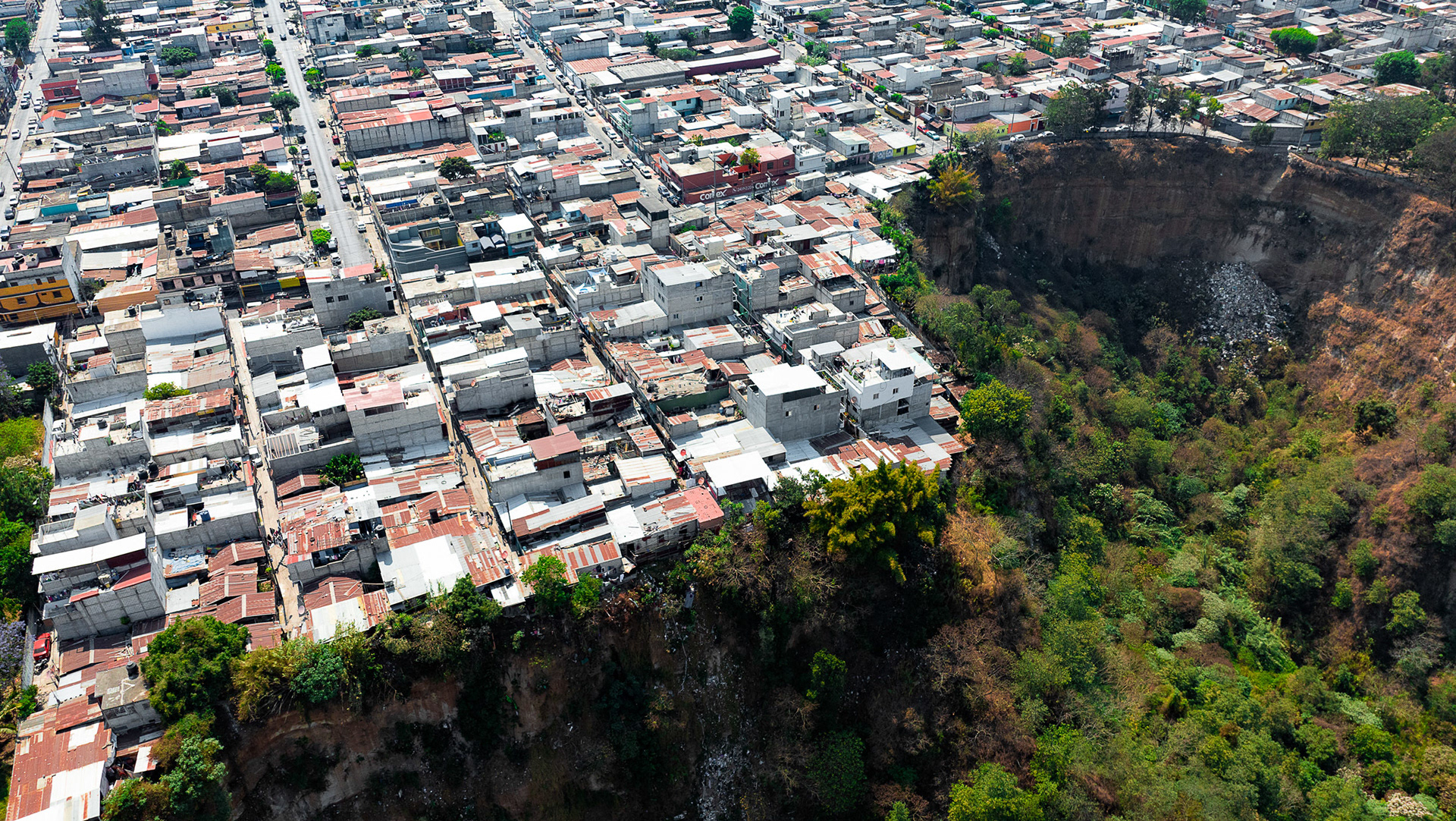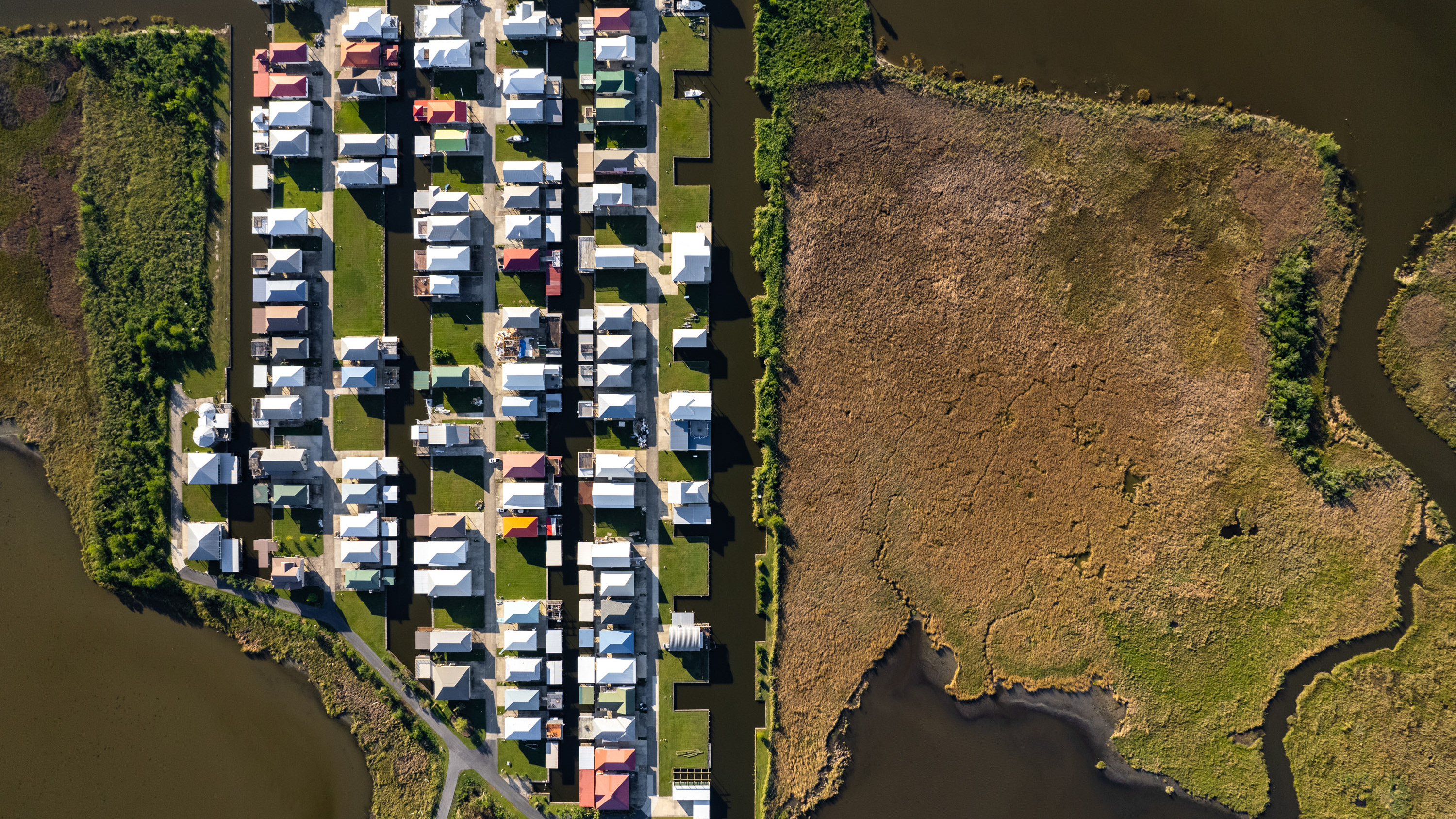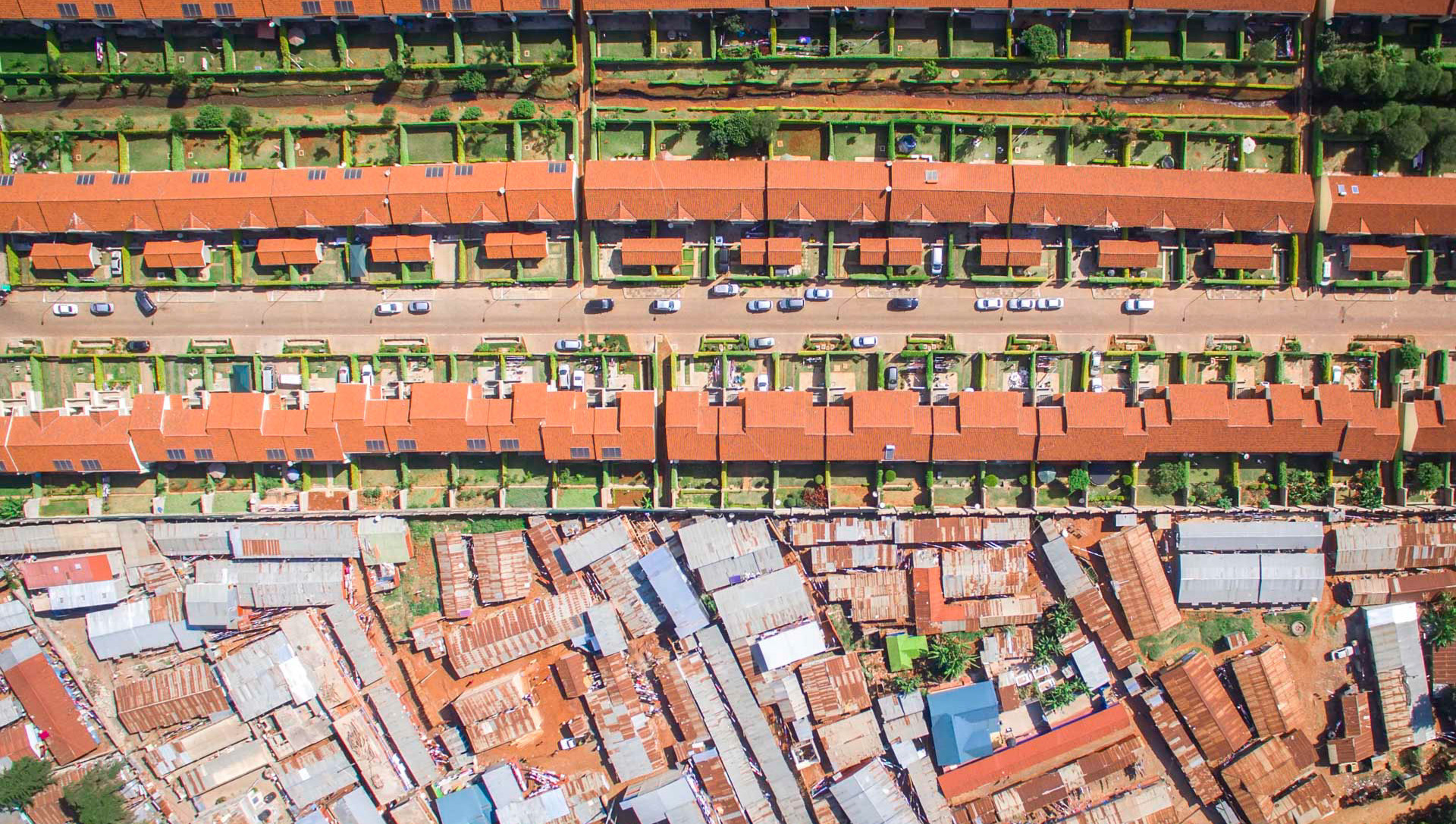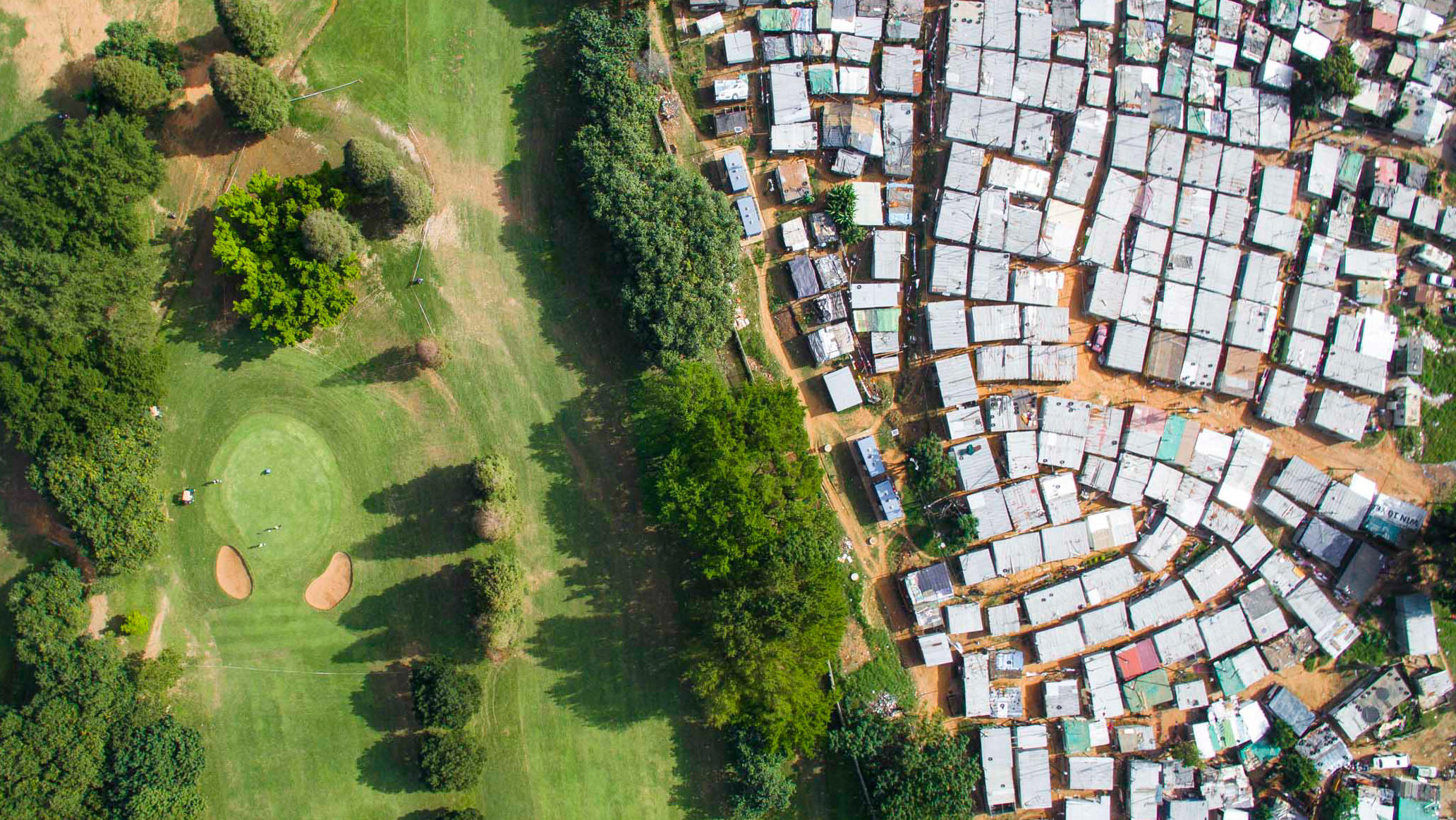Extreme wealth inequality in South Jakarta's Pondok Indah neighborhood.
Shopping malls like Seasons City in North Jakarta stand out like citadels, their gleaming facades and expansive interiors standing in sharp contrast to the densely packed, informally built settlements or "kampungs" that are also a defining feature of Jakarta's cityscape.
A rapacious need to develop housing, both for the haves and the have nots, has removed all but a small portion of the traditional rice paddy ecosystems that once dominated northern Jakarta. If you search you can still find them, in very reduced numbers, such as at the bottom of this photo.
Extreme inequality near Menteng, one of Jakarta's wealthiest neighborhoods.
Danau Sunter Barat, or Sunter West Lake, is one of the prominent lakes in North Jakarta. It plays a crucial role in the local water system, acting as a water reservoir for flood control and irrigation purposes. The lakes are part of Jakarta's strategy to manage its recurring floods, a significant issue faced by the city due to its geography and urban planning challenges.
Reclaimed land on Jakarta's northern coast refers to the creation of artificial land by adding large amounts of soil and sand to the existing shoreline, a practice also known as land reclamation. This project was initiated to address Jakarta's pressing land and housing shortages, as well as the threat of rising sea levels due to climate change and land subsidence.
Informal areas in the shadow of apartment blocks on Jakarta's northern coast.
The Ciliwung River plays a significant role in Jakarta's hydrological cycle, serving as an essential water source for residential and agricultural use. However, the river has faced numerous challenges due to rapid urbanization, poor waste management, and environmental degradation. Over the years, the Ciliwung has become heavily polluted with domestic and industrial waste, turning it into one of the most polluted rivers in the world.
Where development begins: East Jakarta.
The city's wealthy residents have access to trees, even on the rooftops, providing cover from the relentless heat and smog of the city. There is precious little green space in the poor areas of town, save for the occasional cemetery.
Kampungs next to modern skyscrapers in East Jakarta.
A man wades through a tributary of the Ciliwung River collecting plastic, in the shadow of high-rise buildings including the Four Seasons Hotel.
Greater Jakarta has a population of over 30 million, making it one of the largest urban centers in the entire world. Addressing the challenges of urban sprawl, environmental strain, and inequality is a key concern for this hugely complex, congested and rich city.
Managing sea level rise is going to be one of the key challenges in the next century, especially as so many of the city's poorest residents live next to the ocean. The city is estimated to be sinking at a rate of 4.9cm per year. The Great Garuda, a proposed seawall and reclamation project, is the most ambitious of the initiatives designed to mitigate these issues. This project plans to create 17 artificial islands enclosing the giant lagoon with Jakarta at its center, with the shape resembling the mythical Garuda bird when viewed from above.
The mangrove forests in Jakarta, specifically in the northern coastal areas, serve as crucial protective barriers against coastal erosion, storm surges, and even mitigate the impact of rising sea levels. They are vital for maintaining local biodiversity, acting as breeding grounds and habitats for a variety of marine and bird species. However, these ecosystems have suffered severe degradation in recent decades, leading to multiple environmental issues, including exacerbated flooding. Intense development along the coast has all but erased the natural flood controls of the environment, and been replaced by canals, barriers and artificial lakes.
Informal settlements on the coastline of Northern Jakarta.
Slums proliferate in a never-used easement terminating in a giant road near Jakarta's central business district.
The newly opened Jakarta International Stadium opened in 2022 featuring the largest retractable roof design in Asia and second-largest in the world (after AT&T stadium in Arlington, Texas). The construction was delayed for years due to the land being used by informal settlers and their buildings, many of whom still exist next to it.
Jakarta Golf Club is one of the city's oldest golf clubs, occupying a significant amount of land, a scarce resource in a city like Jakarta that is grappling with housing shortages. The stark contrast between the sprawling, lush golf course and the surrounding crowded residential areas epitomizes the spatial inequality in Jakarta. The club, which caters largely to affluent individuals, exists in stark contrast to nearby kampungs or low-income housing areas where living conditions are often cramped and lack basic amenities.
Apartment blocks next to kampungs in East Jakarta.

